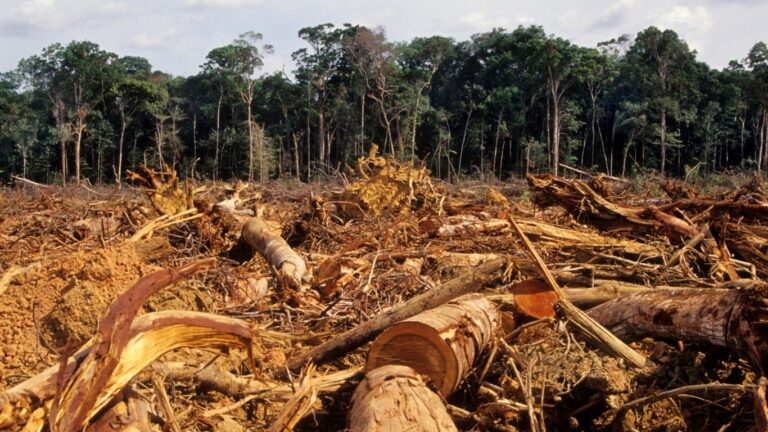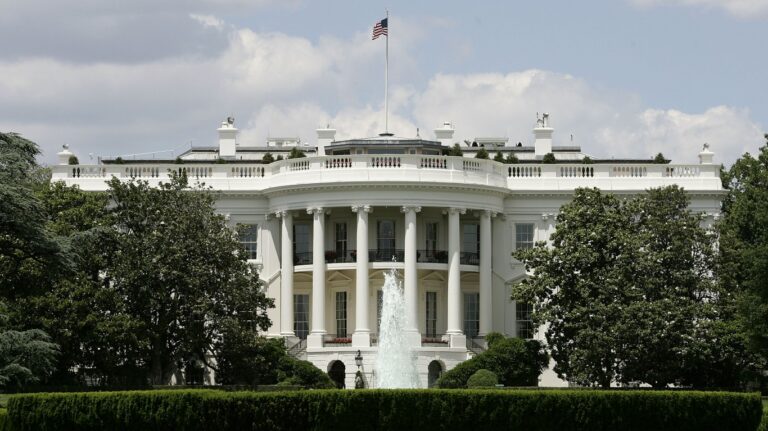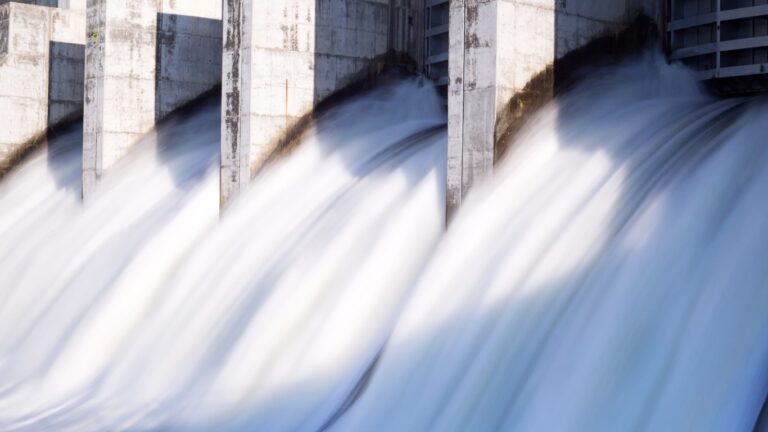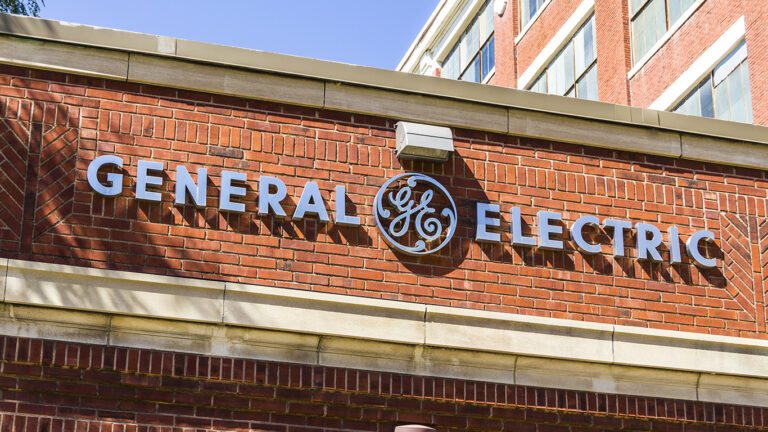Back-To-Back Storms Like Helene And Milton Are Becoming More Common
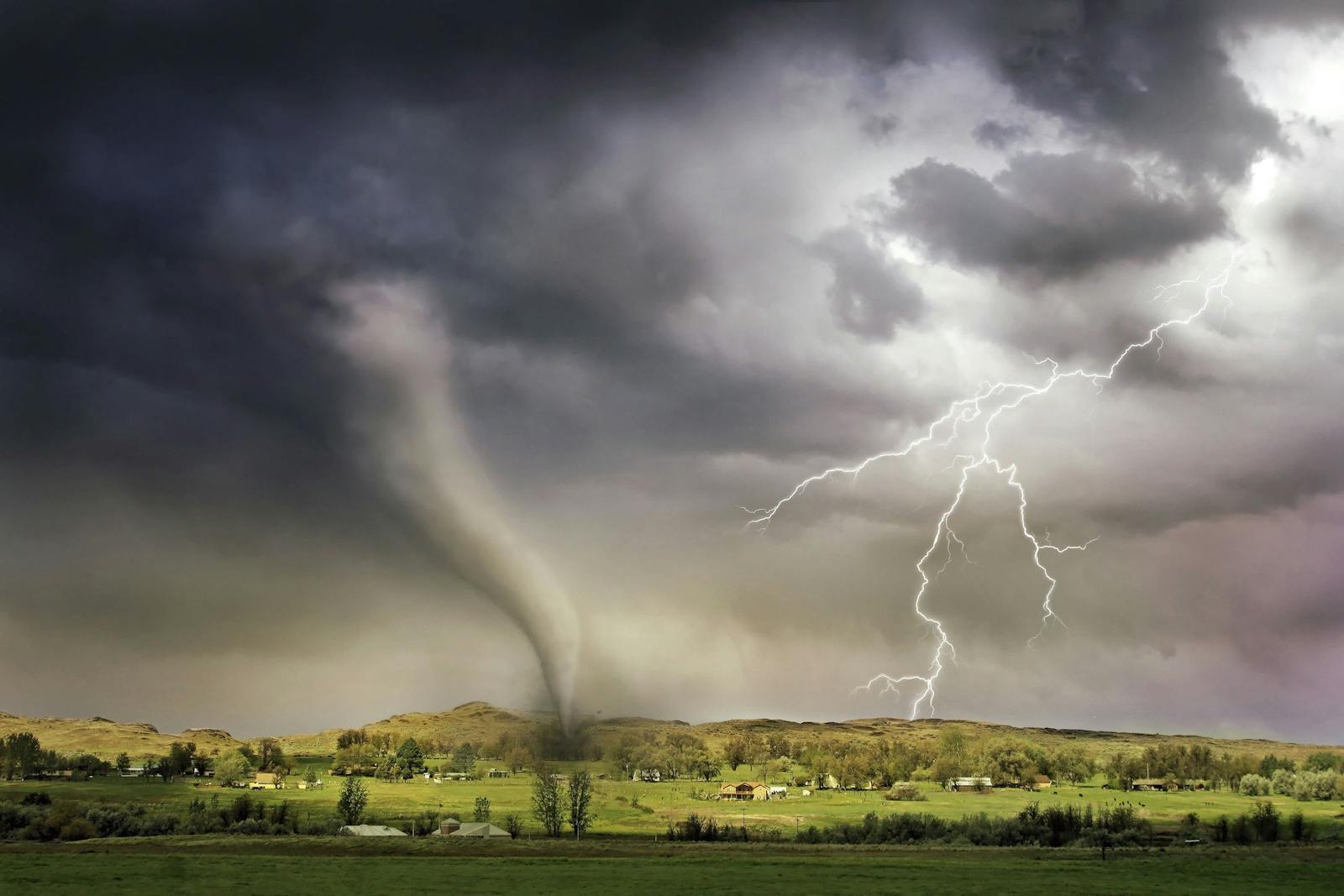
In February 2023, a paper published in the Nature Climate Change journal warned of the increasing probability of two tropical cyclones making landfall close together. “The chance of sequential TC hazards has been increasing over the past several decades….and can produce higher impacts than individual or single-hazard events.” When two storms arrive in quick succession, the weakened infrastructure that resulted from the first storm makes the second storm far more destructive.
Range anxiety? The 25 Best Cities for Charging Electric Vehicles
Irony? Hurricane Helene Takes Down Nation’s Top Extreme Weather Tracker
Over the past several weeks, much of the Southeastern United States has experienced the paper’s findings firsthand. Hurricane Milton made landfall near Siesta Key in central Florida on October 9, just 13 days after Hurricane Helene in the Florida Panhandle. As cleanup crews worked to clear the streets and restore utilities, strong gust winds from Milton reversed much of their progress. In Tampa, a week after Hurricane Helene had caused damage to Tropicana Field, Milton blew in and completely demolished the MLB stadium’s roofing.
A similar situation occurred in 2021 with the sequential landfalls of Hurricanes Ida and Nicholas in Louisiana. Much of southeast Louisiana was already without power when Hurricane Nicholas arrived on September 14, two weeks after Ida, compounding infrastructural damage and delaying outage recovery throughout the state. Similarly, Nicholas brought excessive rainfall to already saturated ground and drainage systems, contributing to widespread flooding.
Other devastating back-to-back hurricanes include the one-two punches of Hurricanes Cindy and Dennis in 2005, Hurricanes Cleo and Dora in 1964, and Hurricanes Charley and Gaston in 2004.
The paper estimates that with moderate greenhouse emissions, the chance of two hurricanes with the intensities of a Hurricane Katrina or a Hurricane Harvey striking within 15 days of one another by 2100 is more than 1% – up from 0% in a world with no emissions.
Sponsor
Find a Vetted Financial Advisor
- Finding a fiduciary financial advisor doesn't have to be hard. SmartAsset's free tool matches you with up to 3 financial advisors that serve your area in 5 minutes.
- Each advisor has been vetted by SmartAsset and is held to a fiduciary standard to act in your best interests. Get on the path toward achieving your financial goals!


